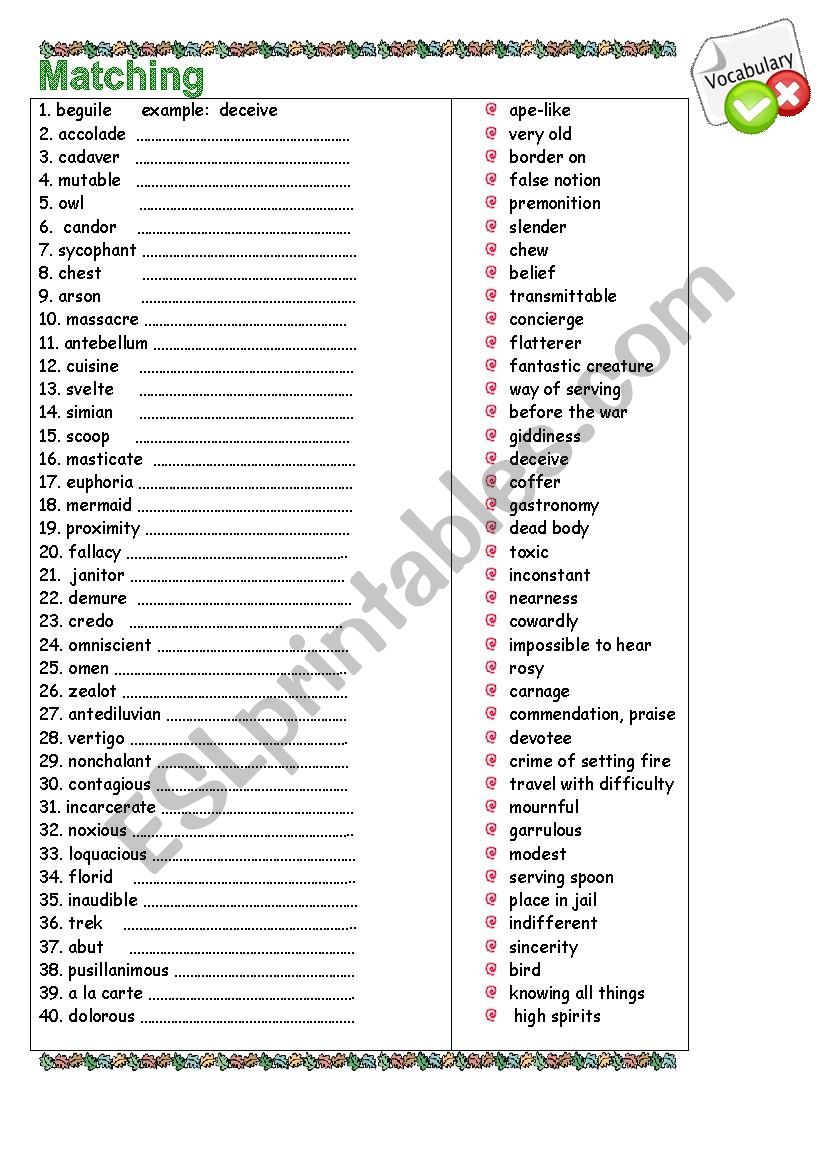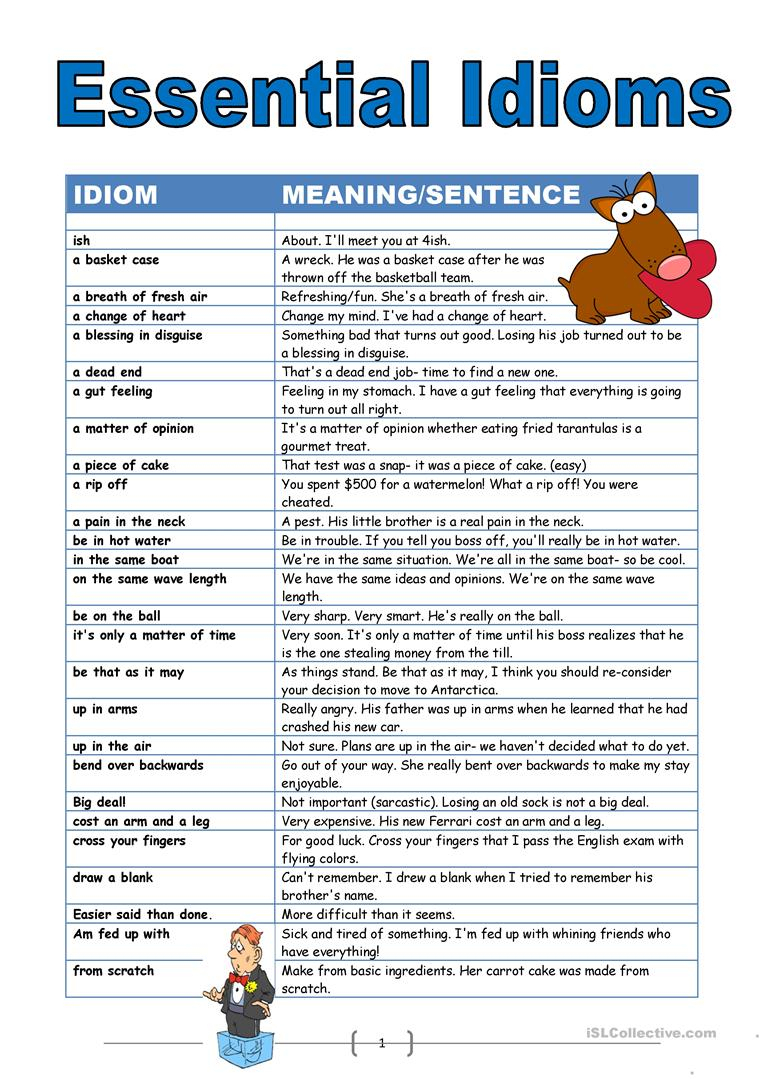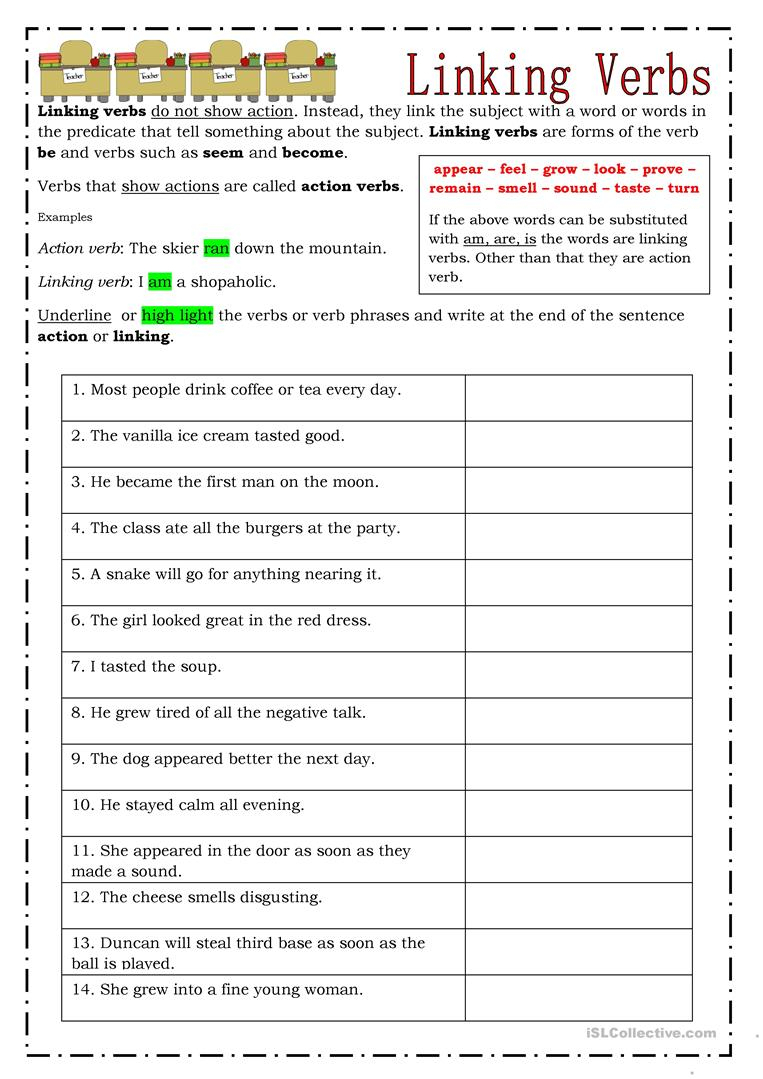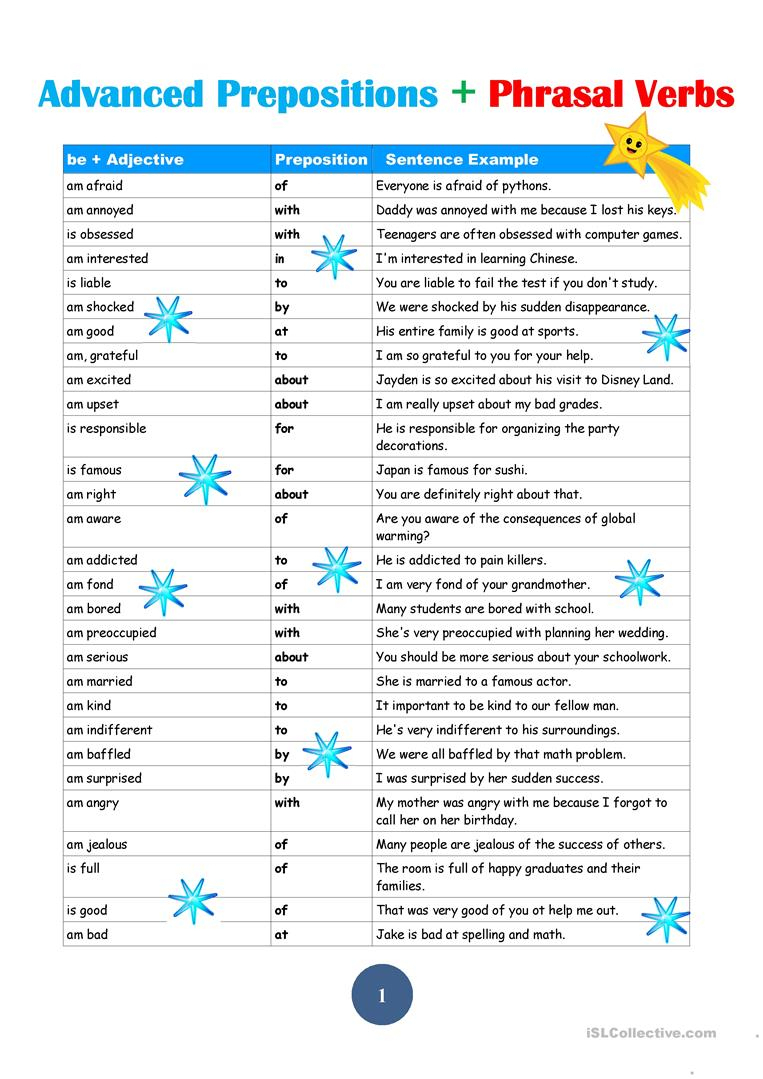
Mastering the Nuances: The Indispensable Role of Advanced ESL Worksheets
For English as a Second Language (ESL) learners, the journey is often marked by distinct phases. The initial stages focus on foundational grammar, basic vocabulary, and essential communication skills. Intermediate learners expand their repertoire, gaining confidence in everyday conversations and understanding more complex structures. However, for those aspiring to truly master the English language – to engage with nuanced discourse, excel in academic or professional settings, and communicate with near-native fluency – the challenges shift. This is where Advanced ESL worksheets become not just helpful tools, but indispensable catalysts for growth.
Moving beyond the intermediate plateau requires a targeted approach, addressing the subtle complexities, idiomatic expressions, and sophisticated grammatical structures that often elude non-native speakers. It’s about transitioning from merely understanding English to thinking and creating in English with precision and elegance. This article will delve into the critical role, characteristics, and effective utilization of Advanced ESL worksheets in empowering learners to achieve true linguistic mastery.
The Advanced Learner’s Landscape: Beyond the Basics

At the advanced level, learners typically possess a solid grasp of core English grammar and a broad vocabulary. They can communicate effectively in most common situations. Yet, they often encounter stumbling blocks when faced with:

- Subtle grammatical distinctions: Knowing when to use "might have" versus "could have," or the nuanced differences between "imply" and "infer."
- Idiomatic expressions and phrasal verbs: Understanding and using phrases like "hit the road," "cut corners," or "put up with" naturally.
- Academic and professional vocabulary: Navigating specialized terminology in fields like science, law, business, or literature.
- Complex sentence structures: Deconstructing and constructing sentences with multiple clauses, inversions, and sophisticated conjunctions.
- Pragmatics and cultural nuances: Understanding sarcasm, irony, polite requests, and appropriate register in different social contexts.
- Higher-order thinking skills: Analyzing arguments, synthesizing information from various sources, evaluating evidence, and expressing complex ideas persuasively.




These are the areas where generic ESL materials often fall short. This is precisely where the specialized design and content of Advanced ESL worksheets step in, providing the targeted practice needed to bridge these gaps.
What Defines Advanced ESL Worksheets?

Unlike their beginner or intermediate counterparts, advanced worksheets are characterized by:
- Authenticity: They frequently use materials drawn from real-world sources such as news articles, academic journals, literary excerpts, TED Talks transcripts, film dialogues, or authentic business communications. This exposes learners to genuine language use and prepares them for real-life scenarios.
- Contextualization: Grammar points and vocabulary are rarely presented in isolation. Instead, they are embedded within meaningful contexts, allowing learners to understand not just what a word or structure means, but how and when it is used.
- Integrated Skills Focus: Rather than isolating skills (e.g., purely grammar, purely vocabulary), advanced worksheets often combine them. A single activity might require reading comprehension, followed by a vocabulary exercise, leading to a discussion, and culminating in a written response.
- Emphasis on Nuance and Subtlety: They delve into the finer points of meaning, connotation, register, and stylistic choices. Activities might involve distinguishing between synonyms, identifying the tone of a speaker, or analyzing the author’s intent.
- Higher-Order Thinking: They move beyond recall and basic comprehension, prompting learners to analyze, synthesize, evaluate, and create. Tasks might include summarizing complex arguments, debating controversial topics, or writing persuasive essays.
- Focus on Productive Skills: While receptive skills (reading, listening) are crucial, advanced worksheets place a significant emphasis on developing productive skills (speaking, writing) to a high level of sophistication.


Key Skill Areas Targeted by Advanced ESL Worksheets
Advanced ESL worksheets are meticulously designed to hone specific linguistic and cognitive abilities essential for advanced proficiency:
1. Grammar and Syntax Mastery
Beyond knowing the rules, advanced learners need to apply them flexibly and understand their nuanced implications. Worksheets might focus on:
- Advanced Conditionals and Inversions: "Had I known…", "Should you require…"
- Passive Voice Nuances: When and why to use different passive constructions, including causative passive.
- Modal Perfects and Their Subtle Meanings: "Must have done," "could have been," "should have gone."
- Complex Reported Speech: Reporting questions, commands, and statements with various reporting verbs.
- Relative Clauses and Reduced Clauses: Crafting concise and sophisticated sentences.
- Punctuation for Clarity and Style: Mastering semicolons, colons, dashes, and ellipses.
2. Vocabulary and Idiomatic Expressions
This goes beyond memorizing definitions. Advanced worksheets target:
- Collocations: Common word pairings (e.g., "make a decision," "take a shower").
- Phrasal Verbs: Understanding the myriad meanings of "put up," "take off," "get over."
- Idioms and Proverbs: Deciphering and using common idiomatic expressions.
- Connotations and Denotations: Understanding the emotional associations of words.
- Register and Style: Choosing appropriate vocabulary for formal, informal, academic, or professional contexts.
- Synonym and Antonym Discrimination: Identifying subtle differences between seemingly similar words.
3. Reading Comprehension and Critical Analysis
Advanced reading tasks involve more than just understanding the main idea. Worksheets might feature:
- Academic Articles and Research Papers: Identifying arguments, evidence, and counter-arguments.
- Literary Excerpts: Analyzing themes, characters, literary devices, and author’s style.
- News Editorials and Opinion Pieces: Discerning bias, rhetorical strategies, and underlying assumptions.
- Inference and Implication: Reading between the lines to understand unstated meanings.
- Summarization and Synthesis: Condensing complex information and combining insights from multiple sources.
4. Writing Proficiency and Stylistic Nuance
Advanced writing moves from correctness to effectiveness and eloquence. Worksheets might guide learners through:
- Essay Writing (Argumentative, Expository, Persuasive): Structuring arguments, developing strong thesis statements, using transition words effectively.
- Report Writing: Organizing data, presenting findings, and drawing conclusions.
- Summary and Paraphrasing: Accurately rephrasing complex texts while avoiding plagiarism.
- Developing a Personal Writing Style: Experimenting with sentence variety, rhetorical devices, and voice.
- Editing and Proofreading: Identifying and correcting advanced grammatical and stylistic errors.
5. Listening Comprehension and Inferential Skills
Listening at an advanced level involves understanding not just words, but also tone, intent, and subtle cues. Worksheets often utilize:
- Lectures and Academic Presentations: Taking notes, identifying key points, and understanding complex explanations.
- Debates and Discussions: Following complex arguments, identifying logical fallacies, and understanding different perspectives.
- Podcasts and Documentaries: Extracting specific information, inferring meaning, and understanding cultural context.
- Identifying Irony, Sarcasm, and Humor: Understanding non-literal language.
6. Speaking Fluency and Sophistication
Advanced speaking goes beyond basic communication to articulate complex ideas clearly and persuasively. Worksheets can prompt:
- Debate Preparation and Participation: Structuring arguments, responding to counter-arguments, using persuasive language.
- Presentation Practice: Organizing ideas, using visual aids, maintaining audience engagement.
- Discussion Prompts on Complex Topics: Expressing opinions, agreeing/disagreeing respectfully, elaborating on ideas.
- Role-Playing Professional Scenarios: Practicing negotiations, interviews, or client interactions.
7. Cultural Competence and Pragmatics
Understanding how language is used in specific cultural and social contexts is vital. Worksheets might explore:
- Register and Formality: When to use formal vs. informal language.
- Politeness Strategies: Making requests, complaints, and apologies appropriately.
- Cross-Cultural Communication Scenarios: Navigating misunderstandings due to cultural differences.
- Understanding Humor and Sarcasm: Identifying and responding to non-literal language.
Integrating Advanced ESL Worksheets into Your Learning Journey
Whether you are a self-learner or part of a classroom, Advanced ESL worksheets can be integrated effectively:
- For Self-Study: Choose worksheets that align with your specific weaknesses or interests. Work through them diligently, using dictionaries, grammar references, and even AI tools to check your understanding and answers. Don’t just fill in blanks; reflect on why a particular answer is correct. Practice speaking or writing based on the prompts.
- In the Classroom: Teachers can use these worksheets as the backbone of lessons, sparking discussions, facilitating group activities, and providing structured practice. They are excellent for homework assignments, reinforcing classroom learning, and preparing students for higher-stakes exams like TOEFL, IELTS, or Cambridge Advanced/Proficiency.
- Blended Learning: Combine online interactive worksheets with traditional printables. Utilize multimedia resources (videos, podcasts) that often accompany advanced materials.
Finding and Creating Quality Advanced ESL Worksheets
High-quality Advanced ESL worksheets can be found from various sources:
- Reputable ESL Publishers: Many academic publishers offer textbooks and supplementary materials specifically designed for advanced learners.
- Online ESL Resource Websites: Websites like ESL-Lounge, British Council LearnEnglish, and ESLPrintables often have sections dedicated to advanced materials.
- University Language Centers: Many universities provide open-access resources developed for their advanced language programs.
- Adapting Authentic Materials: Teachers and advanced learners can create their own worksheets by taking authentic texts (news articles, short stories, scientific reports) and designing comprehension questions, vocabulary exercises, discussion prompts, and writing tasks around them. This is often the most effective way to tailor content to specific needs and interests.
Conclusion: The Path to True Fluency
The journey to advanced English proficiency is challenging but immensely rewarding. It requires dedication, a willingness to grapple with complexity, and the right tools. Advanced ESL worksheets are precisely those tools, meticulously crafted to guide learners through the intricate layers of the English language. They push beyond rote memorization, fostering critical thinking, encouraging nuanced expression, and building the confidence needed to navigate any linguistic challenge. By embracing these specialized resources, learners can truly unlock their full potential, moving from competent speakers to articulate, sophisticated, and culturally aware communicators, capable of engaging with the world in English with unparalleled depth and clarity.
